 Why Johnny Can’t Read–a Book that Started a War
Why Johnny Can’t Read–a Book that Started a War
Written by Sharon Hillestad, Director of Tutoring
Dr. William Gray, editor of the Dick and Jane reading books for elementary children, successfully squashed the teaching of phonics and the first scientific reading program, Let’s Read, in the 1940s (see previous blog post). The debate on what was the best way to teach reading moved out of academia and into the public arena because of Dr. Rudolf Flesch, a scholar, professor, and grandfather.
Rudolph Flesch knew that several children, including his own grandson, were having trouble learning to read. By interviewing teachers, visiting colleges and researching curriculum, he discovered the cause of reading difficulties. Colleges were training novice teachers not to teach phonics; experienced classroom teachers were being pressured to abandon teaching phonics; phonic curriculum was no longer available to teachers.
In 1955 he wrote a book, Why Johnny Can’t Read. In it, he described how children were being taught to memorize words. Teachers were not skilled in teaching students to sound out words and that this was causing a decline of literacy. Why Johnny Can’t Read was a best-selling book. The author received letters from teachers all over the country confirming his assertion that teachers could no longer teach all children to read. He stated:
“The teaching of reading—all over the United States, in all the schools, in all the textbooks—is totally wrong and flies in the face of all logic and common sense. Johnny couldn’t read…for the simple reason that nobody ever showed him how. Johnny’s only problem was that he was unfortunately exposed to an ordinary American school. …the teaching of reading never was a problem anywhere in the world until the United States switched to the present method around about 1925.”
Why Johnny Can’t Read is the book that launched the Reading War. Authorities, such as college professors and textbook publishers, preaching Whole Word memorization made up one side of the Reading War. Classroom teachers, parents, and many concerned individuals composed the other side of the Reading War.
A war means that something is being fought over and, in this case, it was the first grade classrooms in America. The war should have taken place in American teacher colleges, but it did not. Teachers were never consulted as to which teaching methods worked best. There were no comparisons of pilot programs at the beginning. Whole word methods and materials were foisted onto the schools.
Dr. Flesch knew in 1955 that phonics had become a taboo subject, but he erred in thinking that it was totally missing from all schools. Many teachers, including mine, taught phonics on the sly—a conspiracy that lasted for decades. Teachers were teaching phonic skills in spite of the standard whole-word curriculum and often behind the backs of administrators. The practice of sneaking in phonics so children could learn words they were supposed to memorize caused it to appear that children were learning to read from the whole-word method alone. In actual fact, most children learned to read in spite of the new reading programs, not because of them.
As a child in the 50s, I heard people talk about this book. As a college student in 1964, I asked a professor about Why Johnny Can’t Read. He vehemently demeaned the book and its author, leaving me with no inclination to read it. In 1981, because of my own little “Johnny” (my son), I did read the book and was shocked to find out that I couldn’t teach someone how to read because my training and materials steered me away from workable methods and curriculum.
The casualties of this war are teachers who cannot teach all children in their classes how to read. The victims are the millions of functionally illiterate adults. Adult non-readers or poor readers, one could say, were shot down by “friendly fire” – their primary teachers.
Competent teachers who were able to teach any child to read passed this knowledge to newer teachers. I met hundreds of these teachers in THE READING REFORM FOUNDATION, organized in 1963. This group of teachers preserved the phonics techniques and materials. They did something about it.






Recent Comments